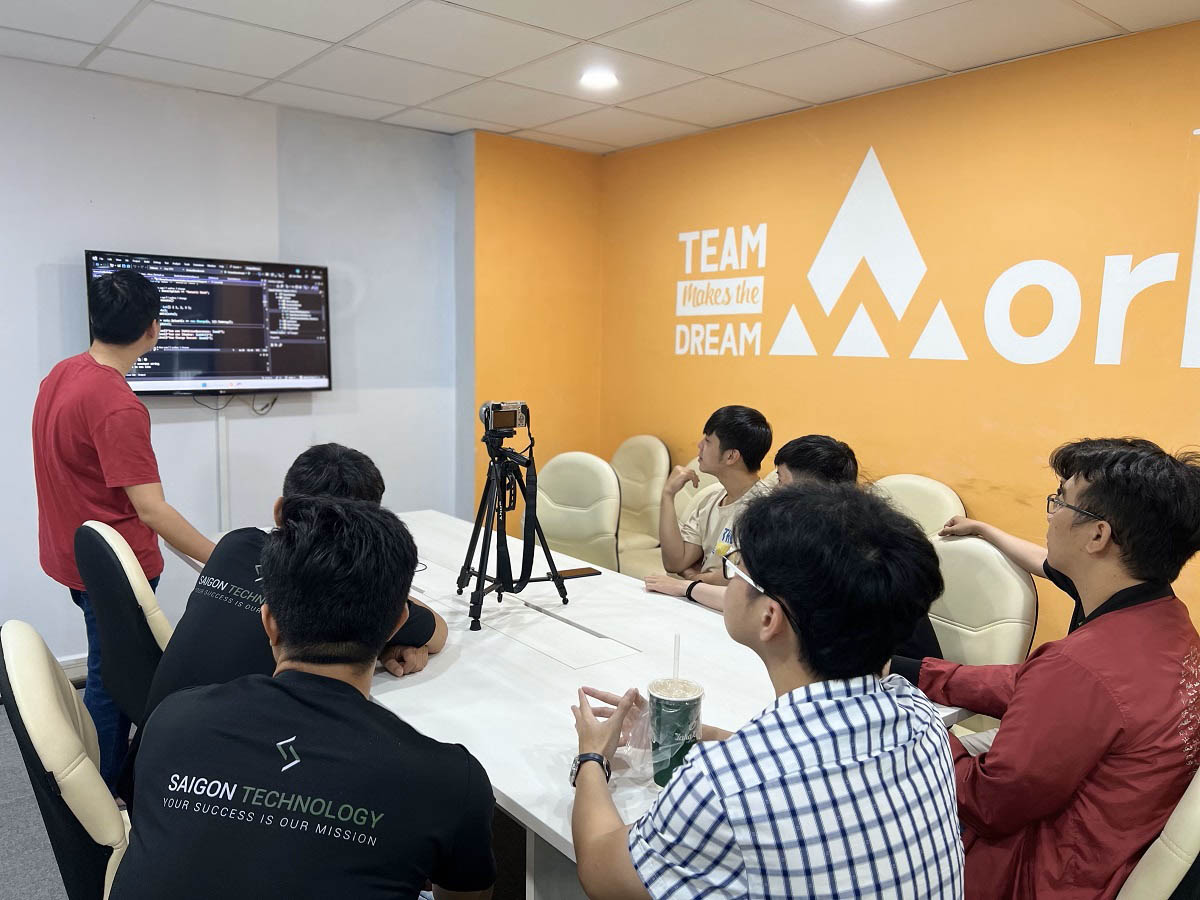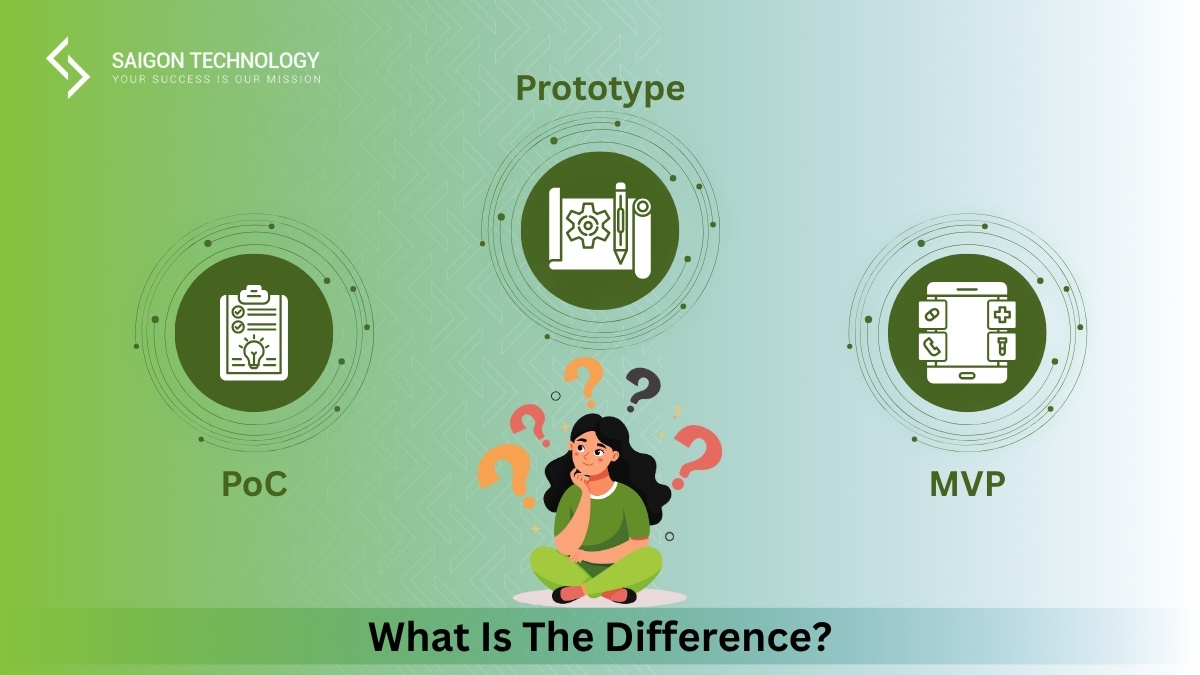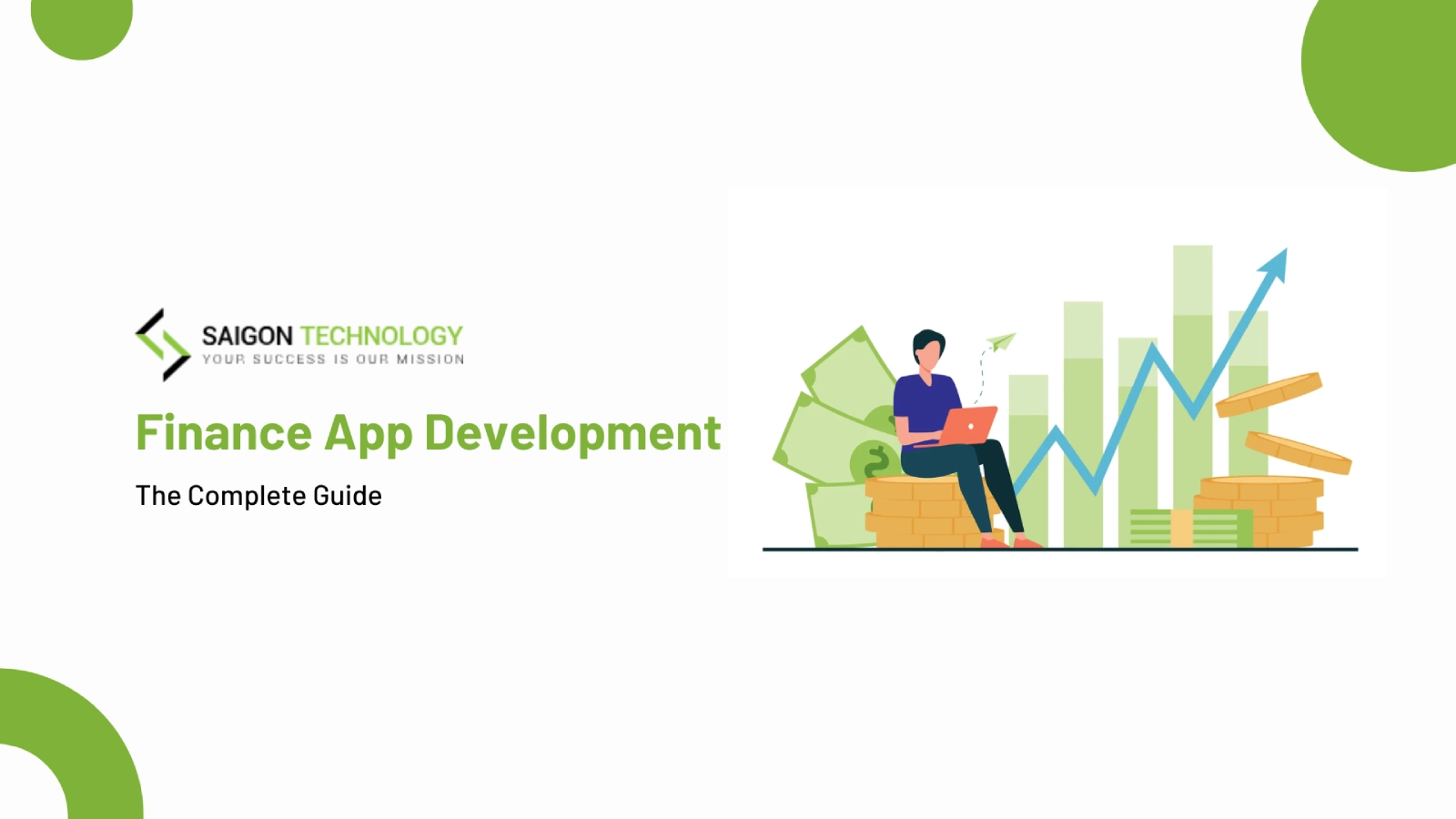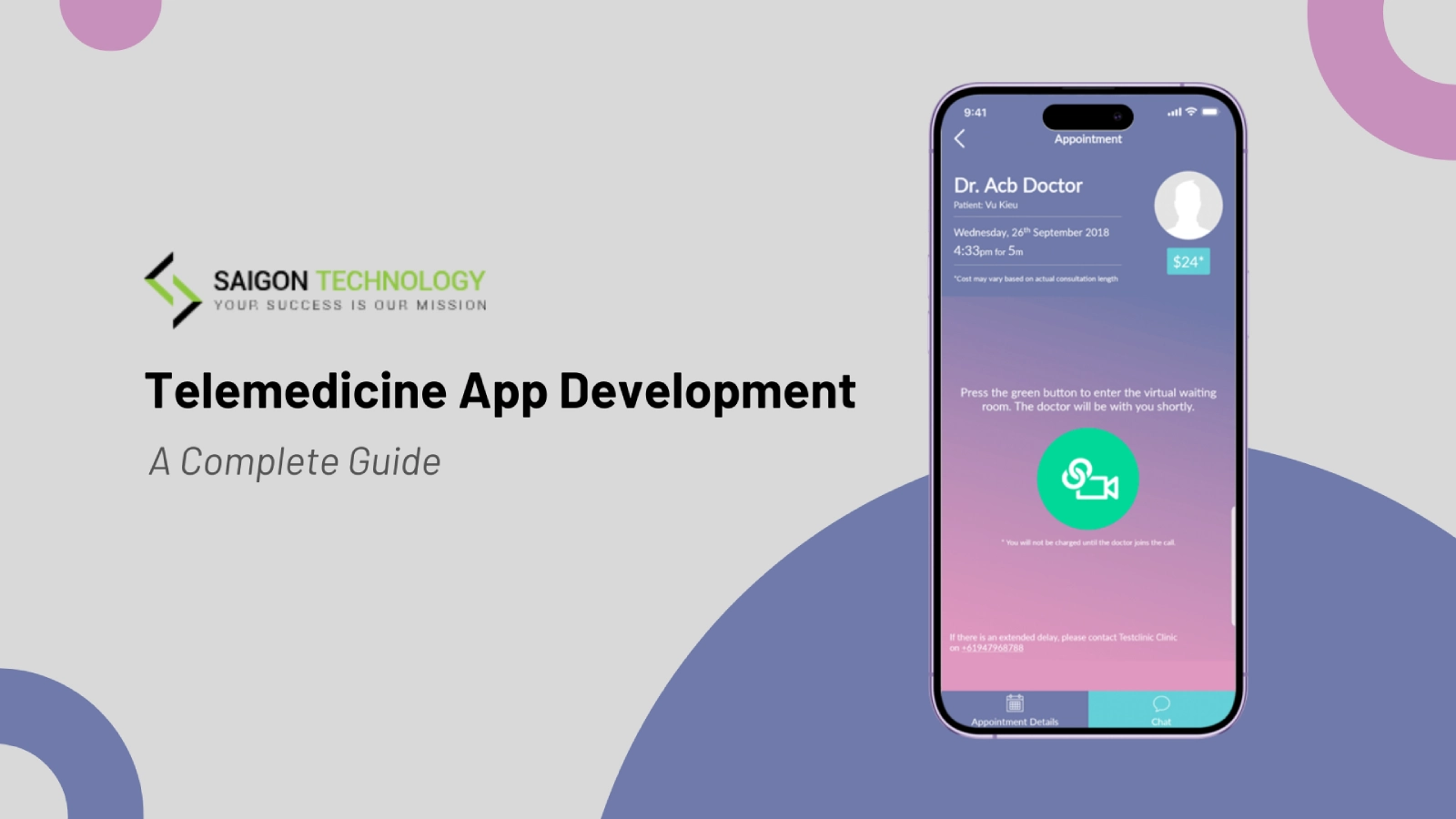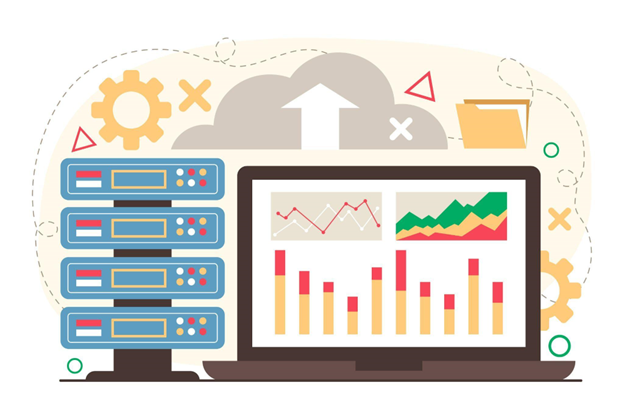Are you looking to create an application that can help you reach your business goals? Mobile application development is now an essential part of any successful business and having the right development strategy is key.
This article will provide a roadmap for creating an open mobile app development strategy. We’ll explore what makes up a good strategy, key elements in creating MADS, ways to spot a reliable mobile application development company.
What is Mobile Application Development Strategy (MADS)?
A mobile application development strategy is a plan for designing and creating applications that are intended to reach out to more users and engage customers. The goal of the strategy should be to create an application tailored to your business’s specific needs and one that can perform optimally on different operating systems such as iOS, Android, and Windows.
The strategy should include the following components:
- Defining your target audience and understanding their needs
- Creating a wireframe that outlines the features and functionalities of your app
- Selecting a company that can execute your vision
- Conducting usability testing to ensure the quality of the application
- Finally, promoting your application with appropriate marketing strategies
What is the Value of Strategy?
Having a strategy in place is essential for gaining an edge over competitors and staying ahead of the curve. It enables businesses to reach out to more customers, increase their brand visibility and boost sales.
Additionally, it helps to create a better user experience by providing custom features that cater to the specific needs of your target market. A good strategy can also help to differentiate your brand from competitors and make it stand out in a crowded market.
Key Elements of the Roadmap
1. Define Your Target Audience: The first step is defining your target audience. Identifying their needs and preferences is essential for developing an application that meets those needs.
2. Choose the Right Mobile App Development Company: Once you know who your target users are, it’s time to select the right company to help you create your app. Choosing a reliable and experienced company is essential for creating an application that can perform optimally on different operating systems.
3. Develop Your App: The next step is to start developing your application with the help of the company you’ve chosen. They will be able to provide guidance on features and functionalities that should be included in your app and help create a user-friendly experience that engages users.
4. Test Your App: It is important to test your application before releasing it to the public to ensure that it functions properly on different devices and platforms. Usability testing is essential for providing a quality user experience.
5. Promote Your App: Last but not least, it’s time to promote your application and ensure that the right people know about it. This can be done through social media campaigns, content marketing, and other forms of promotion.
Factors to Consider when Creating an Effective Roadmap
Here are a few key factors to consider when crafting an effective roadmap for mobile app development:
Target Audience
The first thing is the audience you are targeting. Your roadmap should be tailored towards your target demographic and should take into account their wants and needs when it comes to mobile apps.
It’s also important to consider the platform your target market uses, as some platforms may not be compatible with your app. For example, if the majority of your target audience uses iOS devices, then you will need to make sure that the development roadmap is tailored toward this platform.
Finally, it’s important to consider whether or not your target market already has an existing application and what features they are looking for in a new one.
Main features of the application and their functionality
The next step is to determine the main features of your app and its exact functionality. You should take into account all the different aspects that will be included in your application, such as user experience, payment systems, data security, etc.
When creating a development roadmap, you should also consider how you want to monetize your app. This could include in-app purchases, advertisements, or subscription models.
Costs and timeline
Once you’ve determined the features of your app, it’s time to consider the costs and timeline associated with its development. You should have a realistic idea of how long it will take to get your app up and running and how much it will cost.
It’s also important to consider the maintenance costs associated with keeping your app up-to-date and running smoothly. Many companies, such as Saigon Technology, offer various services for a one-time fee or an ongoing subscription model. With our help, you can create a comprehensive roadmap for an open strategy that will help ensure success for your business.
Set of metrics to evaluate progress
When creating an effective roadmap, it’s important to have a set of metrics in place to evaluate progress. This will help you track the success of your application and make necessary changes as needed.
These metrics could include user engagement rate, downloads, usage time per session, average revenue per user (ARPU), customer satisfaction score, and customer lifetime value (CLV).
By measuring these metrics, you can better understand how your app is performing and take the necessary steps to make improvements. This will ensure that your application remains effective and thriving long-term.
Ensure the information on the roadmap is up-to-date
Finally, it’s important to make sure that the information on your roadmap is up-to-date so that stakeholders are always aware of any changes. This could include new features or modifications, bug fixes, release timelines, and any other pertinent updates.
By keeping all stakeholders informed about the progress of the application development process, you can ensure that the application will be successful in the long term.
Final Thoughts
In conclusion, crafting an effective roadmap for mobile app development requires careful consideration of your target audience, the application’s features and functionality, costs, and the timeline associated with its development, as well as metrics to evaluate progress. It is also important to ensure that all stakeholders have access to up-to-date information on the roadmap and are aware of any changes. By following these steps, you can ensure that your application will be successful in the long term.

